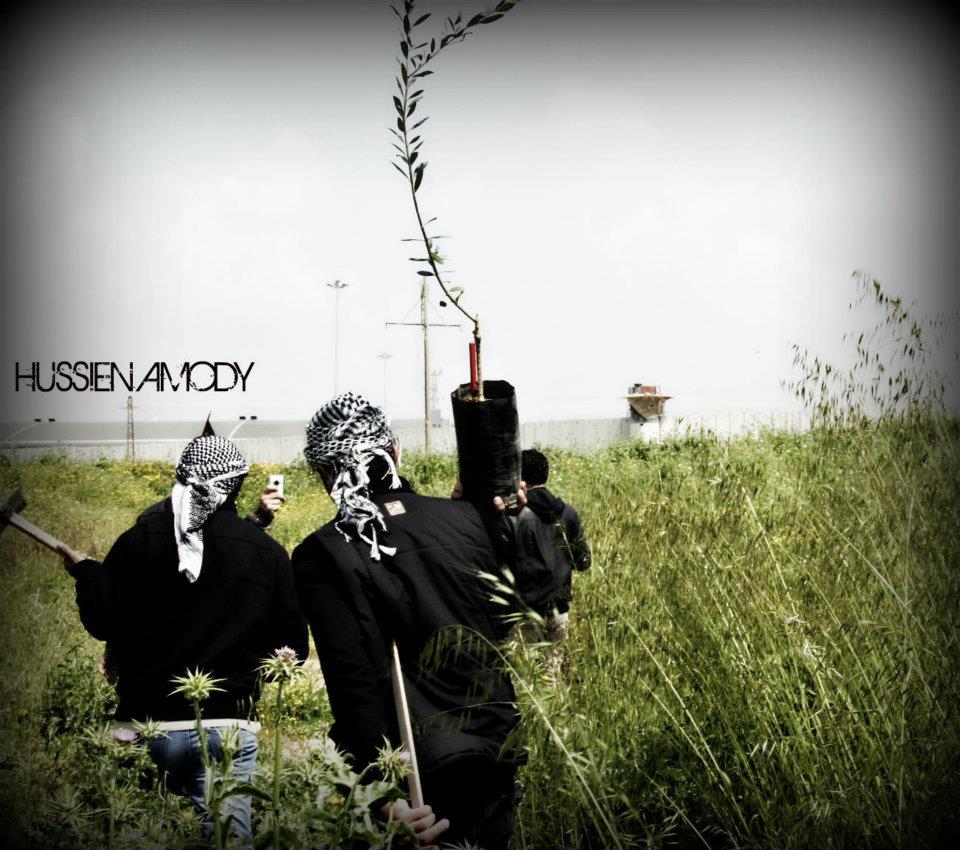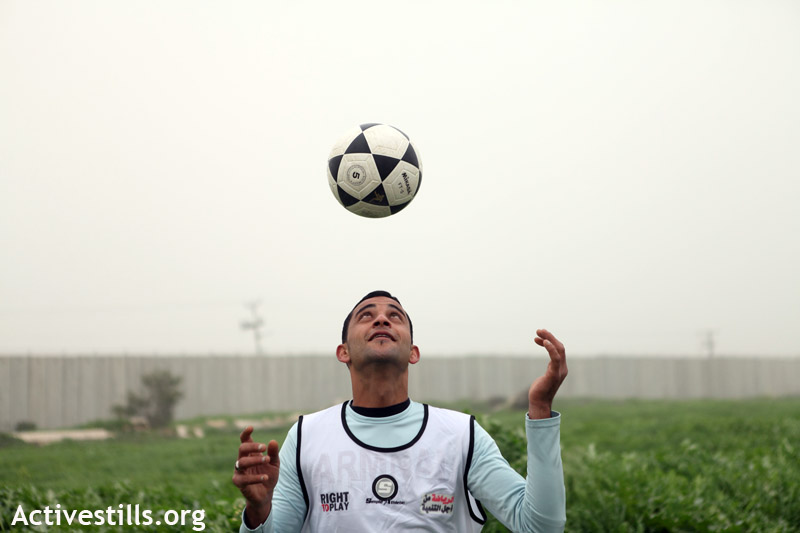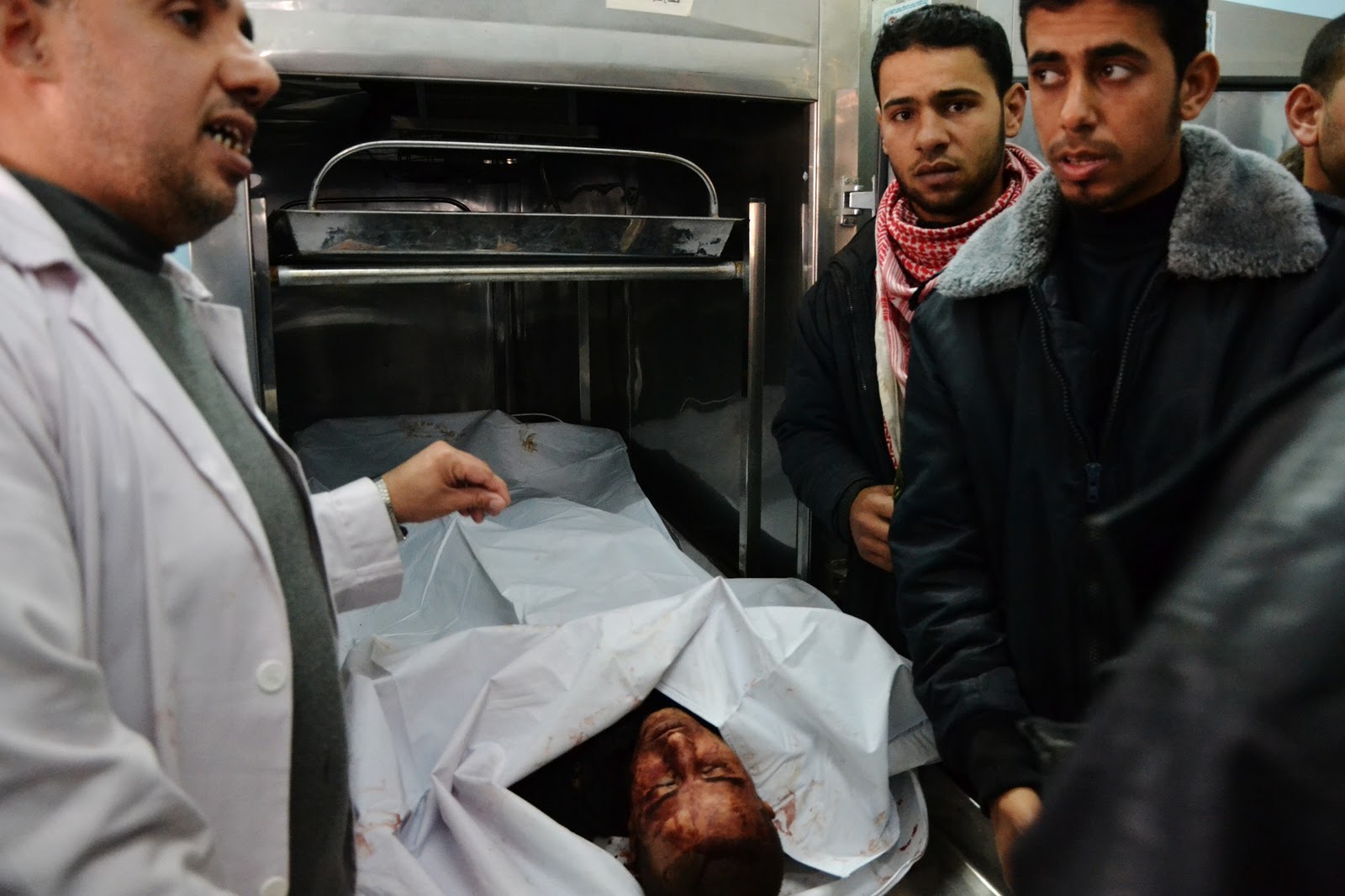Tag: Beit Hanoun Local Initiative
-
Land Day: From Gaza to Sakhnin we are all united with Bil’in
by Nathan Stuckey 27 March 2012 | International Solidarity Movement, Gaza Thirty six years ago on March 30th 1976 demonstrations against the confiscation of Palestinian land by the Israeli government spread throughout Palestine. Six Palestinians were killed, over a hundred wounded, and hundreds more arrested. Land day was one of the first large mobilizations of…
-
Entering the deadly zone, demonstration in front of Erez
7 February 2012 | Chroniques de Palestine Since 2008, demonstrations are organized in front of Erez in Beit Hanoun. This is in defiance of the “no go zone” imposed unilaterally by the Israelis. Any person who approaches the Green Line is under risk of being shot at. In fact many farmers; or rubble collectors have…
-
2 youth dead in attack on Beit Hanoun, northern Gaza Strip
by Rosa Schiano 22 January 2012 | il Blog di Oliva Israeli Apaches and land forces shelled an area east of Beit Hanoun, in the northern Gaza Strip, on Wednesday morning, January 18 2012. Two young men were killed and another was injured. As we hurried to the scene we met an ambulance driving at high…



